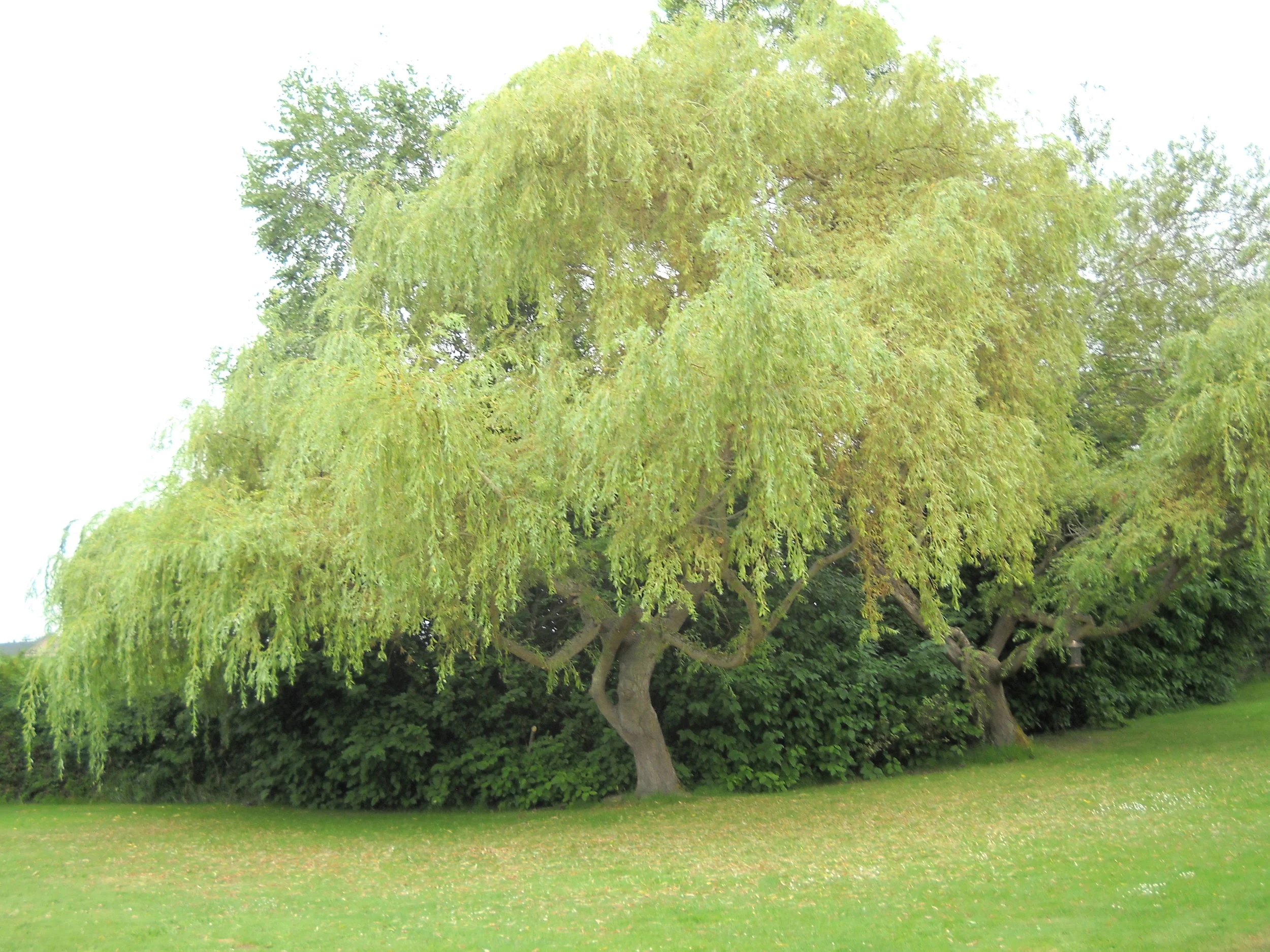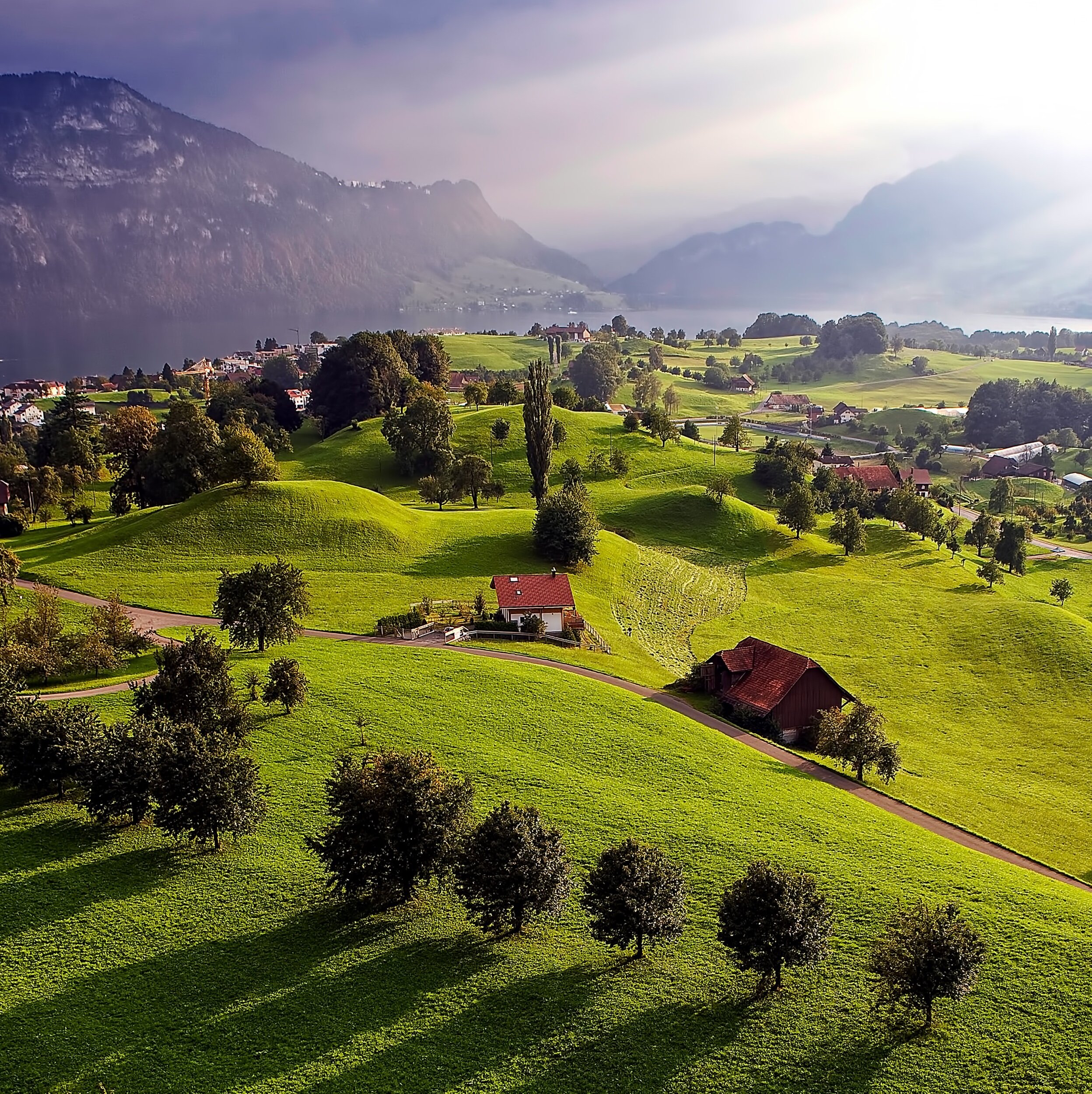Understanding Water Rights
Navigating Water Laws:
There is not much in the bundle of rights that comes with real property ownership that is more volatile than the subject of water rights. The water on the surface of a property, as well as underground is subject to control at every level, international, federal, state and local. A great way to start looking at this puzzling mess and try to sort it out is to look at some of the governmental entities that have water interests.
Governmental interests in water:
Just at the Federal level, we have the EPA, Army Corp of Engineers, FEMA, Bureau of Land Management, Fish and Wildlife Service, Forest Service and U.S. Geological Survey. Then there are the state and local agencies that can also create and enforce water law, and what good are laws if they are not enforced? All government agencies get really cranky about water rights. Enforcement can be a huge hammer dropping on the head of the unwary land developer. I don’t want to be that guy.
The underlying concept is that water is a resource for the benefit of the public and it’s use is for the collective benefit and enjoyment of the greater public. That’s you, me and about 327 million other Americans, all needing to have water to drink, bathe and recreate in. Laws are in place to govern it’s use and enjoyment. Laws mean government, government means bureaucracy, bureaucracy means decentralized management and decentralized management means multiple agencies. Notice how you and I aren’t mentioned individually.
Historical example:
Way back when, the westward migration brought ranchers and cattle to previously untouched land. Cattle need water and what better way to get it all year than to divert the stream that’s running through my ranch to create a pond? The only problem is that if you get enough ranchers, creating enough ponds, somewhere around a few thousand acres downrange, the stream dries up. Result – bullets fly.
Surface Water:
Surface water is generally categorized as riparian or littoral. Riparian water follows a pathway, such as a river or stream, littoral water is static (mostly), like a bay, sea or lake.
Underground water:
Known as groundwater, is water beneath the earth’s surface. This subsurface water can be flowing, such as through rock fissures, or contained as in an aquifer.
There were fundamental access and use rights assigned to each type originally stemming from English Common law, but nowadays we have gone far beyond that with modern governmental control and close attention must to be paid to the taking of water.
Taking:
The actual control and use of water is known as a “taking” and taking is either legal or illegal. Every land developer wants to be on the legal side of that one. Penalties from legal enforcement can come from multiple entities at multiple levels and can include huge fines, mitigation of a disturbed site and even serious jail time (like there is any other kind).
Compliance with water laws:
I have studied water law and how it applies in my state. I tend to think that I am reasonably intelligent and pretty good at understanding the legal language. I came to realize quickly that the competing agencies and multiple layers of seemingly overlapping laws was beyond my ability to sort through. That’s when I found Chuck, my Water Use Attorney. Glad I did…
A worthwhile story:
I worked for a guy that owned +/- 1,300 contiguous acres. He really loved life itself and even though he had a ton of money, that wasn’t how people thought of him. He would have been great to be around even without the money. His friends were from all economic levels and he made them by the size of their hearts, not the size of their portfolios.
Anyway, he had created his own estate with a 12,000 sq. ft. European Style Lodge, a go-cart track, a two- mile ¼ scale railroad with trestles and tunnels, a lake with 2 lb. trout in it and a helicopter pad and hanger for his Bell Jet Ranger III helicopter. Quite a set up… and he regularly held huge events to share it with his friends. And yes, I did get invited to a few.
He wasn’t a golfer at all, never picked up a club, but he had friends who did. One day I ran into him and he told me he had decided to build a golf course! Not the pitch and putt type, but a full size 6,872 yard, par 72, regulation course… and he eventually did it!
Well, in the planning faze the issue that came up was just how he was going to sprinkle this miles-long addition to his fun circus. Enter me on my very first job!
There were two choices to irrigate the course:
1. Run a $500,000 extension to the local PUD public water main and pay public water rates to sprinkle the course.
2. Drill wells, obtain water rights from the state, run the lines and sprinkle for free.
It was a simple decision, but unfortunately only in concept. Without going through a step-by-step 2-year diatribe on the process, I’ll hit a couple of highlights for consideration and to make a point on how frustrating it can really be to get water rights.
Early on I had to file with the state to dig test wells. This permitting was easy and fast since the state knew he couldn’t use the water, other than for testing well output for his water rights application. Somewhere along the way the Department of Ecology mandated that I also put weirs in a nearby creek to determine if the drawdown from the wells negatively affected streamflow. This was measured in cubic feet per second (CFS) in the stream, not gallons per minute (GPM) at the well head. I had to do long term draw-down testing that involved sucking down the wells at maximum output, continuously for 2 weeks. Luckily it didn’t affect the streamflow.
I had found Chuck, the Water Use Attorney before all of this and he advised along the way and did all the applications and notices according to the laws. Chuck made me aware that the state was taking years to review Water Right Applications and I had informed the owner of that from the very beginning.
Once the application was made, the state sat on it for 2 years. They eventually did a “Batch Ruling”. This is where they took a stack of applications (there were over 500 in this one ruling), decided that the state didn’t have anymore water to give, and rejected them all as a group, thus clearing their desks. And that, my friends, was my first experience in project management….a total failure. On a personal note, the 2 year wait probably helped me out because in the meantime I took on some other raw land for him that was doing pretty well. Lucky me.
So, what happened? We ran the public water main, the course was built, and he sprinkled it with Public Water at God only knows what monthly cost.
Summary
This story is told a bit light-hearted but I assure you I didn’t sleep well and the golf course waterline project was a total failure in time and money. I had done right by disclosing to the client from the very first meeting with Chuck that there was going to be a long wait for a decision, but in the end, we should have just run the PUD water. If I had more experience and knowledge at the time, I would have pushed harder, but I was new, inexperienced and not adept at handling the issue like I later came to be.
Water Rights are a very serious matter and individual interpretation of the laws by even experienced developers is not advisable in my opinion. Water Law is complex and it is difficult to interpret the legal overlays and competing interests. My solution was to find Chuck and follow his advice and it served me well in future projects. Hopefully, every developer can find their own “Chuck” to guide them through water issues.






